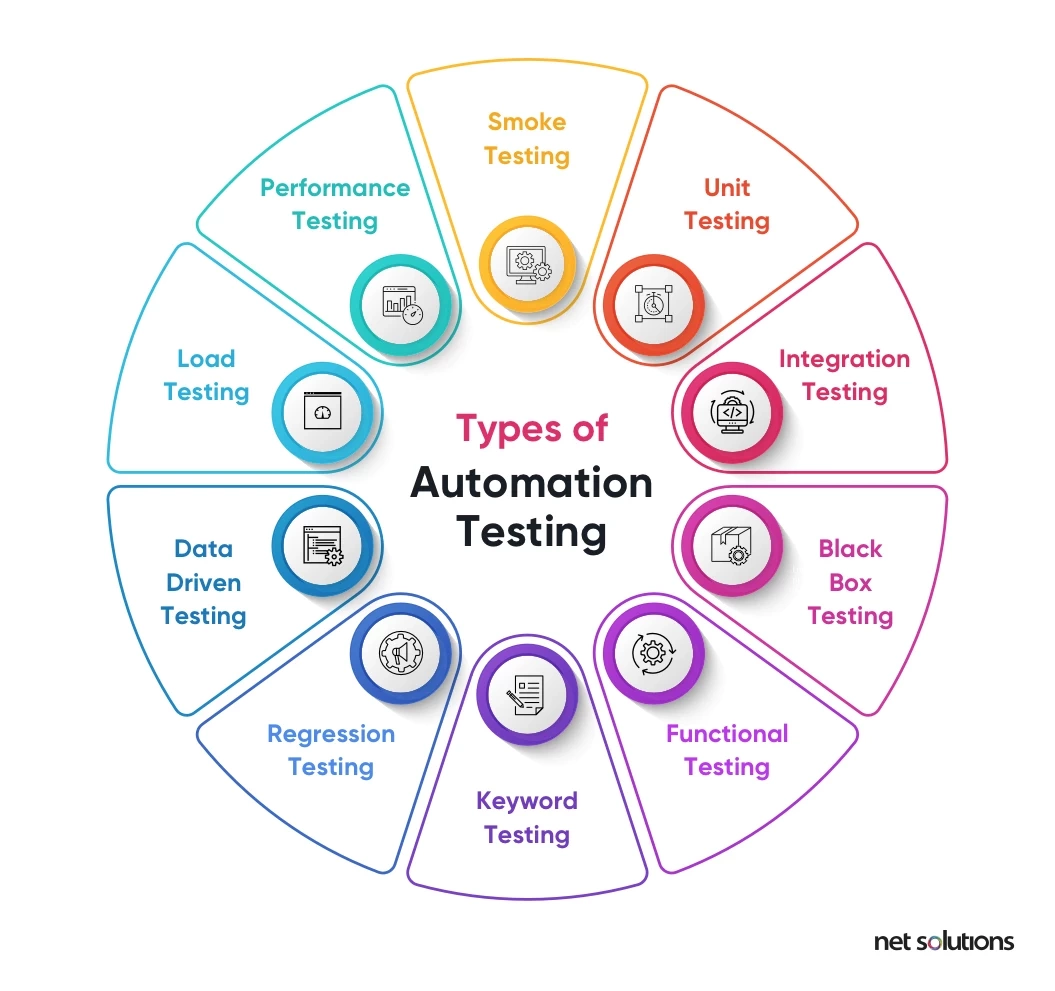Making Certain Success in Automation Checking: Key Metrics, Obstacles, and Solutions Every QA Team Need To Know
In the realm of software program top quality guarantee, the landscape of automation testing is ever-evolving, requiring a meticulous strategy to make certain smooth procedures. The trip to mastering automation testing is paved with subtleties that call for a keen eye for tracking, evaluation, and continuous enhancement. As the market drives forward, the mission for optimal performance in automation testing continues to be a constant pursuit, advising QA teams to outfit themselves with the understanding and methods vital for accomplishment.
Value of Secret Metrics
Recognizing the relevance of key metrics is crucial for evaluating the efficiency and effectiveness of automation testing procedures. Secret metrics offer as quantifiable steps that provide important insights right into different facets of the screening process, such as examination coverage, examination execution time, flaw thickness, and examination case effectiveness. By examining these metrics, QA groups can identify traffic jams, ineffectiveness, and areas for improvement within their automation screening structure.
One essential aspect of key metrics is their capability to track development and monitor the general health and wellness of the screening procedure (automation testing). They allow stakeholders to make enlightened decisions based on data-driven insights, which can cause much more effective screening techniques and better resource allocation. Additionally, key metrics can aid teams set realistic goals, measure the success of automation initiatives, and show the ROI of automation testing efforts

Usual Difficulties Dealt With
Challenges generally experienced in automation testing procedures can significantly affect the general effectiveness and effectiveness of QA teams. Automation screening might not cover all elements of testing, such as functionality and user experience testing, which still require manual treatment. Overcoming these difficulties requires appropriate preparation, critical test case selection, robust upkeep procedures, appropriate resources, and a clear understanding of the constraints of automation screening.
Efficient Solutions for Difficulties
To deal with the challenges come across in automation testing, implementing reliable options is necessary for improving the efficiency and productivity of QA groups. One key remedy is to purchase robust training programs for QA teams to ensure they have the required abilities to efficiently make use of automation devices. Training can connect expertise voids, enhance understanding of automation structures, and enhance scripting capacities, eventually leading to a lot more reliable test production and execution.
Another vital option is to develop clear interaction channels within the QA group and with other stakeholders, such as designers and project managers. Reliable communication aids in straightening assumptions, sharing progress updates, and quickly dealing with problems or obstructions that might emerge throughout the automation testing procedure.

Tracking and Evaluation Strategies
Executing efficient surveillance and evaluation strategies is crucial for making sure the success and effectiveness of automation testing procedures. By utilizing monitoring tools, QA groups can track the efficiency of test scripts, recognize bottlenecks, and pinpoint areas top article for improvement. Real-time monitoring permits quick detection of concerns, enabling fast action and resolution. Additionally, examining examination outcomes and metrics supplies useful insights into the high quality of the software program being evaluated and the performance of the screening method.
One key technique in monitoring and evaluation is using control panels that consolidate pertinent metrics and KPIs in an aesthetically accessible layout. These dashboards provide an extensive introduction of test execution status, test insurance coverage, problem fads, and various other essential information. Frequently examining and assessing these dashboards can aid QA teams make informed decisions, focus on tasks, and optimize screening initiatives.
Furthermore, applying automated alerts and notifications based on predefined limits can enhance aggressive monitoring and prompt treatment. By establishing up notifies for efficiency deviations or test failings, teams can attend to concerns quickly and stop them from rising. Overall, tracking and analysis strategies play a vital function in guaranteeing the effectiveness and success of automation screening initiatives.
Constant Improvement Strategies
Enhancing the efficacy of automation screening processes requires the consistent refinement of methods and methodologies. Continuous improvement techniques are critical for QA groups to adjust to evolving technologies and supply top quality software program products. One vital strategy to improving automation screening procedures is to conduct regular reviews and retrospectives. By examining previous screening cycles, teams can recognize bottlenecks, inadequacies, and locations for enhancement. Applying comments loops and including lessons learned into future screening structures can generate considerable enhancements over time.

Final Thought
In verdict, it is critical for QA teams to recognize the crucial metrics, obstacles, and remedies in automation screening to make sure success. By very carefully monitoring and assessing data, applying efficient solutions to common difficulties, and constantly enhancing approaches, QA groups can enhance their testing procedures and provide top quality software products. Complying with these techniques will inevitably result in more reliable and effective automation testing techniques.
By assessing these metrics, QA groups can identify traffic jams, inadequacies, and areas for enhancement within their automation testing structure.
Additionally, crucial metrics can help teams established practical objectives, gauge the success of automation efforts, and demonstrate the ROI of automation testing initiatives.
Obstacles generally come across in automation testing processes can substantially influence why not check here the overall performance and effectiveness of QA teams. Automation screening may not cover all elements of testing, such as use and customer experience screening, which still call for manual treatment.In conclusion, it is important for QA groups to understand the essential metrics, obstacles, and services in automation testing to make certain success.